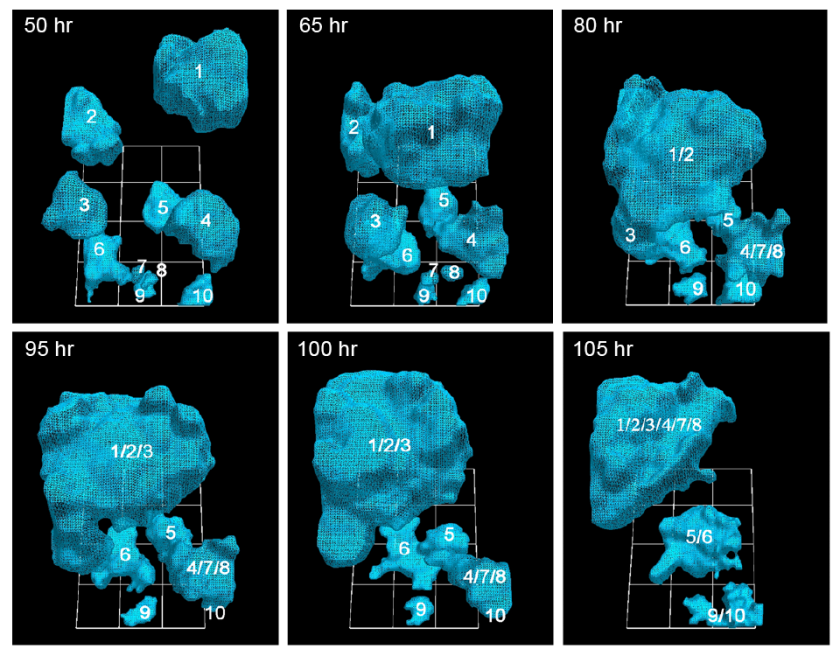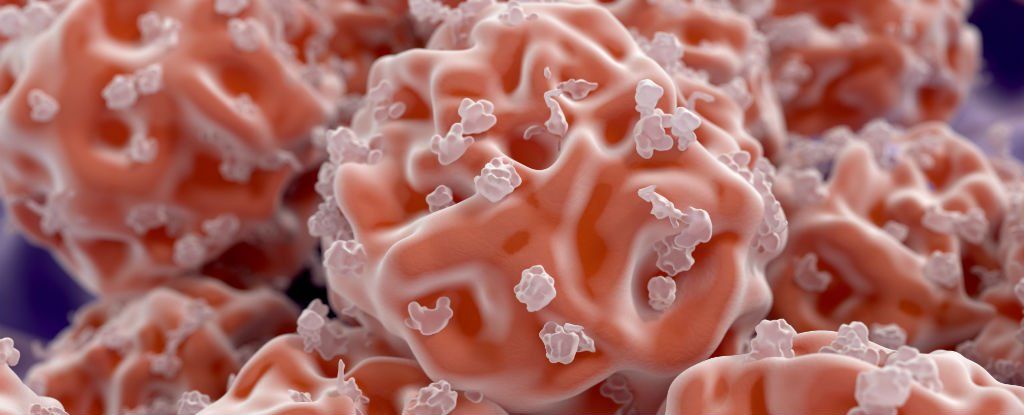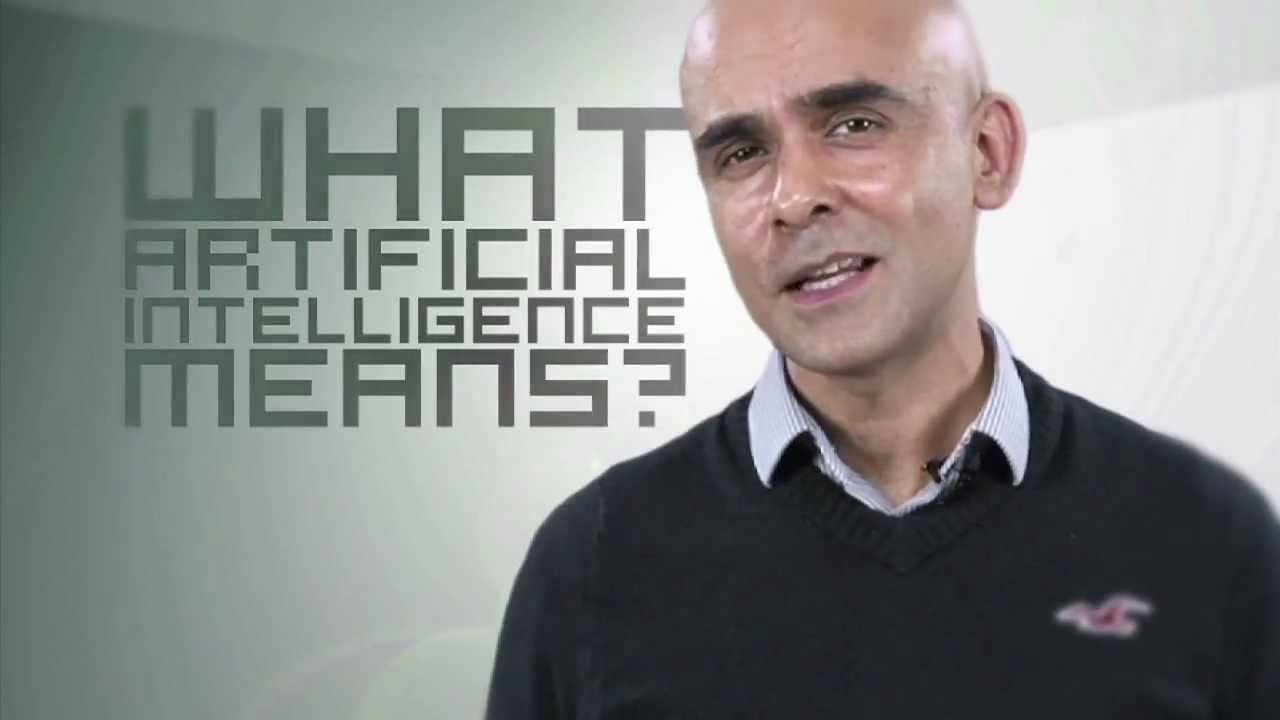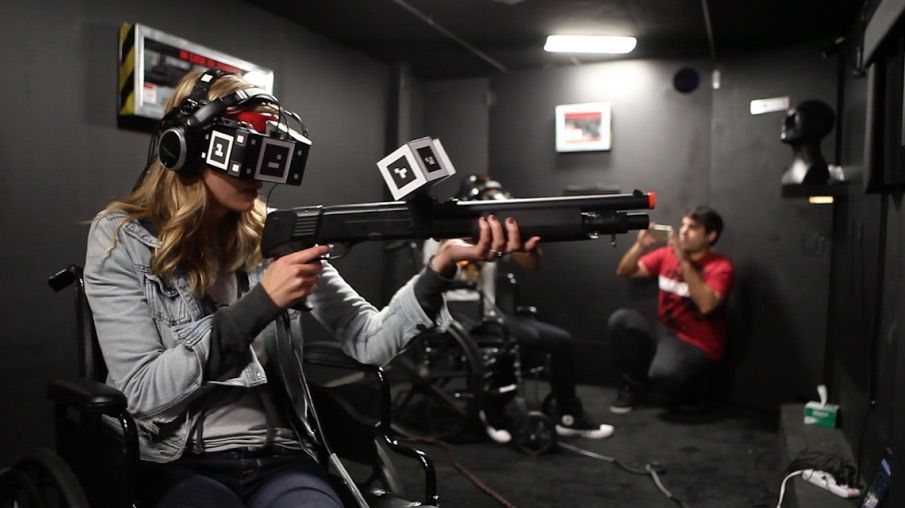No more spilled soup or coffee.
Dinner and a show with a Robot.
The most memorable moments in travel are often the most eccentric. From oil wrestling to staring contests, or being entertained over dinner by robots, our readers share their way-out memories.
Researchers succeeded in calculating effects in ultra-cold atom clouds which can only be explained in terms of the quantum correlations between many atoms. Such atom clouds are known as Bose-Einstein condensates and are an active field of research.
Cancer is a mysterious disease for many reasons. Chief among the unknowns are how and why tumors form.
Two University of Iowa studies offer key insights by recording in real time, and in 3-D, the movements of cancerous human breast tissue cells. It’s believed to be the first time cancer cells’ motion and accretion into tumors has been continuously tracked. (See accompanying videos.)
The team discovered that cancerous cells actively recruit healthy cells into tumors by extending a cable of sorts to grab their neighbors—both cancerous and healthy—and reel them in. Moreover, the Iowa researchers report that as little as five percent of cancerous cells are needed to form the tumors, a ratio that heretofore had been unknown.
An international team of researchers has developed a new algorithm that could one day help scientists reprogram cells to plug any kind of gap in the human body. The computer code model, called Mogrify, is designed to make the process of creating pluripotent stem cells much quicker and more straightforward than ever before.
A pluripotent stem cell is one that has the potential to become any type of specialised cell in the body: eye tissue, or a neural cell, or cells to build a heart. In theory, that would open up the potential for doctors to regrow limbs, make organs to order, and patch up the human body in all kinds of ways that aren’t currently possible.
It was Japanese researcher Shinya Yamanaka who first reprogrammed cells in this way back in 2007 — it later earned him a Nobel Prize — but Yamanaka’s work involved a lot of labourious trial and error, and the process he followed is not an easy one to reproduce. Mogrify aims to compute the required set of factors to change cells instead, and it’s passed its early tests with flying colours.
Scientists hope to create a computer that can interpret, analyze, and process information with the same efficiency as a human.
It’s a brave new world friends.
If you thought vintage arcades and arcade bars made for an eventful afternoon in L.A, how about a trip into the limitless worlds of virtual reality?
That’s exactly what you may able to do in just a few months with the announcement that virtual reality studio Starbreeze plans to create a VR arcade somewhere in Los Angeles later this year.
As recently as 50 years ago, psychiatry lacked a scientific foundation, the medical community considered mental illness a disorder of the mind, and mental patients were literally written off as “sick in the head.” A fortunate turn in progress has yielded today’s modern imaging devices, which allow neuroscientists and psychiatrists to examine the brain of an individual suffering from a mental disorder and provide the best treatment options. In a recent interview, Columbia University Psychiatry Chair Dr. Jeffrey Lieberman stated that new research into understanding the mind is growing at an accelerated pace.

Lieberman noted that, just as Galileo couldn’t prove heliocentrism until he had a telescope, psychiatry lacked the technological sophistication, tools, and instruments necessary to get an understanding of the brain until the 1950s. It wasn’t until the advent of psychopharmacology and neuroimaging, he said, that researchers could look inside the so-called black box that is the brain.
“(It began with) the CAT scan, magnetic resonance imaging (MRI) systems, positron emission tomography (PET scans) and then molecular genetics. Most recently, the burgeoning discipline of neuroscience and all of the methods within, beginning with molecular biology and progressing to optogenetics, this capacity has given researchers the ability to deconstruct the brain, understand its integral components, its mechanisms of action and how they underpin mental function and behavior,” Lieberman said. “The momentum that has built is almost like Moore’s law with computer chips, (and) you see this increasing power occurring with exponential sort of growth.”
Specifically, the use of MRIs and PET scans has allowed researchers to study the actual functional activity of different circuits and regions of the brain, Lieberman noted. Further, PET scans provided a look at the chemistry of the brain, which has allowed for the development of more sophisticated pathological theories. These measures, he said, were used to develop treatments while also allowing measurement of the effectiveness of both medication-based therapies and psychotherapies.
As an example, Lieberman cited the use of imaging in the treatment of post-traumatic stress disorder (PTSD). The disorder, a hyperarousal that chronically persists even in the absence of threatening stimulation, is treated through a method called desensitization. Over time, researchers have been able to fine-tune the desensitization therapies and treatments by accessing electronic images of the brain, which can show if there’s been a reduction in the activation of the affected amygdala.
Lieberman noted that despite progress in this area, technology has not replaced interaction with the individual patient; however, as technology continues to evolve, he expects the diagnoses of mental disorders to be refined.
“By the use of different technologies including genetics (and) imaging, including electrophysiological assessments, which are kind of EEG based, what we’ll have is one test that can confirm conditions that were previously defined by clinical description of systems,” Lieberman said. “I think, of all the disciplines that will do this, genetics will be the most informative.”
Just as genetics is currently used to diagnose cancer using anatomy and histology, Lieberman said the expanding field is helping researchers distinguish mental illness in individuals with certain genetic mutations. He expects that in the future, doctors will use “biochips” to routinely screen patients and provide a targeted therapy against the gene or gene product. These chips will have panels of genes known to be potentially associated with the risk for mental illness.
“Someone used the analogy of saying the way we treat depression now is as if you needed to put coolant into your car. Instead of putting it into the radiator, you just dump it on the engine,” he said. “So genetics will probably be the most powerful method to really tailor to the individual and use this technique of precision and personalized medicine.”
Lieberman also sees additional promise in magnetic stimulation, deep brain stimulation through the surgical implanting of electrodes, and optogenetics. Though he has plenty of optimism for these treatments and other potential treatments for mental illness, much of their continued growth may hinge on government policy and budgets. Recent coverage of gun violence in the United States, and a public call for better means by which to screen individuals for mental health inflictions, may be an unfortunate catalyst in moving funding forward in this research arena. A recent article from the UK’s Telegraph discusses Google’s newfound interest in this research, with former US Head of the National Institute of Mental Health now in a position at Google Life Sciences.
“Science, technology and healthcare are doing very well, but when it comes to the governmental process, I think we’re in trouble,” he said. “A welcome development in this regard is President Obama’s Human Brain Initiative, which if you look at the description of it, (is) basically to develop new tools in neurotechnology that can really move forward in a powerful way of being able to measure the function of the brain. Not by single cells or single circuits, but by thousands or tens of thousands of cells and multiple circuits simultaneously. That’s what we need.”
Now this is impressive! Game Revenue could hit in less than 4 yrs $115 billion.
Virtual reality games could see revenue start in the millions and end in the billions by 2020.






